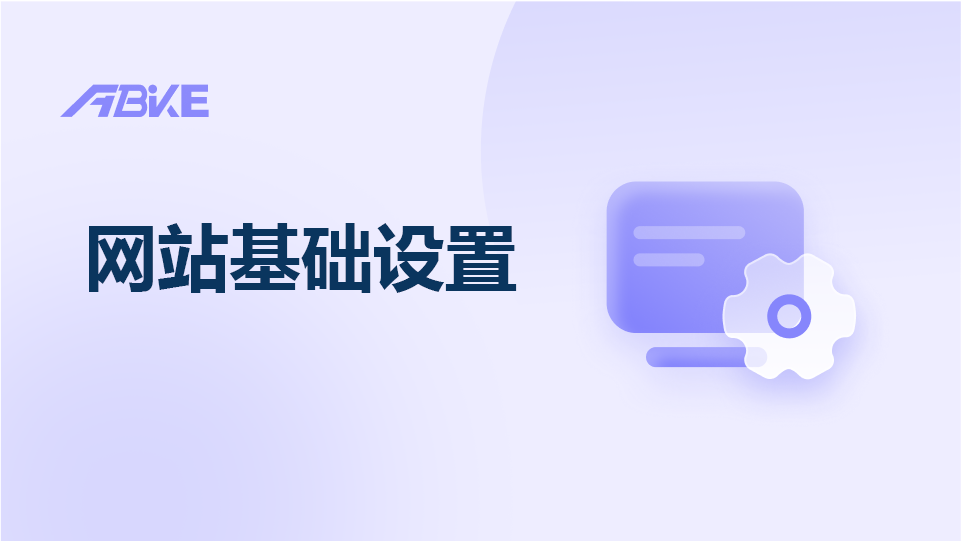
In the realm of international trade, letters of credit (LCs) serve as a crucial financial instrument, providing a level of security for both exporters and importers. However, the process of dealing with LCs is fraught with risks, especially for exporters. Ensuring the consistency between LC terms and the underlying contract is a fundamental step in risk prevention. This article aims to comprehensively analyze how exporters can efficiently review the consistency of LC terms with contracts, identify common risk points, and implement effective counter - strategies.
According to statistics from the International Chamber of Commerce (ICC), approximately 70% of LCs presented for negotiation contain some form of discrepancy. These discrepancies can lead to payment delays or even outright rejection by the issuing bank, causing significant financial losses for exporters. For instance, a small textile exporter in Bangladesh once faced a situation where a minor error in the description of goods in the LC led to a 3 - month payment delay, tying up a large amount of working capital.
Moreover, in the current global trade environment, with constantly evolving international trade regulations and policies, such as the latest revisions to the Uniform Customs and Practice for Documentary Credits (UCP 600), exporters need to stay updated and carefully review LCs to comply with these rules. Failure to do so can result in non - compliance and potential legal issues.
Efficient LC review can streamline the entire trade process. When exporters can quickly identify and rectify any inconsistencies between LC terms and contracts, it reduces the time spent on document preparation and negotiation. This, in turn, accelerates the flow of goods and funds, enhancing overall transaction efficiency. For example, a well - managed review process can cut down the time from shipment to payment receipt by up to 20%.
Proper LC review is directly related to the financial security of exporters. By minimizing the risk of discrepancies, exporters can ensure timely and full payment. A study by a leading trade finance research firm found that exporters who effectively review LCs reduce the probability of non - payment by up to 40%.
The first step in the LC process is the issuance application. Exporters should be involved in this stage as much as possible to ensure that the initial LC terms align with the contract. When the importer applies for an LC from the issuing bank, the exporter should provide clear and detailed contract terms to the importer, emphasizing key elements such as the description of goods, quantity, price, and delivery terms.
For example, in a contract for the export of electronic products, the exporter should clearly state the model number, technical specifications, and packaging requirements. This information should be accurately reflected in the LC issuance application. If there are any differences between the contract and the LC application, it can lead to subsequent problems during the review process.
Effective communication with importers is essential at this stage. Exporters should work closely with importers to ensure that the LC application accurately reflects the agreed - upon contract terms. In some cases, exporters can provide a checklist to importers, highlighting the key points that need to be included in the LC application. This proactive approach can prevent many potential issues from arising.
During the LC issuance application, both exporters and importers need to comply with international regulations and bank operating norms. For example, the application must adhere to the UCP 600 and other relevant local laws. Any non - compliance can render the LC invalid or lead to difficulties during the negotiation process.

Once the LC is issued, exporters need to conduct a thorough review of its terms to ensure consistency with the contract. This review should cover all aspects, including the description of goods, quantity, price, delivery terms, and payment terms.
The description of goods in the LC should match exactly with that in the contract. Even a minor difference, such as a misspelling or an additional word, can be considered a discrepancy. For example, if the contract states "100% cotton T - shirts", but the LC says "100% pure cotton T - shirts", it may cause problems during the document review. Exporters should use a detailed checklist to compare the descriptions in both documents.
The quantity and price terms in the LC must be consistent with the contract. Any changes in quantity or price should be clearly agreed upon by both parties and properly reflected in the LC. For instance, if the contract stipulates a price of $10 per unit for 1000 units, the LC should show the same price and quantity. If the LC shows a different quantity, say 950 units, the exporter needs to clarify with the importer and have the LC amended.
Delivery terms, such as the port of loading, port of discharge, and the latest shipment date, are also crucial. The LC should match the contract in these aspects. If the contract states that the goods should be shipped from Shanghai Port to New York Port by the end of June, the LC must reflect the same ports and shipment date. Failure to comply with these terms can result in non - payment.
| Contract Element | Review Points |
|---|---|
| Description of Goods | Exact match, no additional or missing words |
| Quantity | Same as contract, no unagreed changes |
| Price | Same unit price and total amount as contract |
| Delivery Terms | Same ports and shipment date as contract |
Soft clauses in LCs are provisions that give the issuing bank or the applicant (importer) excessive control or discretion, which can pose significant risks to exporters. For example, a soft clause may require the exporter to obtain a certificate of inspection issued by a specific third - party inspection agency appointed by the importer. If the importer delays or refuses to arrange the inspection, the exporter may not be able to meet the LC requirements.
Some common soft clauses include: clauses that allow the issuing bank to accept or reject documents at its sole discretion; clauses that require the consent of the applicant for payment; and clauses that make payment conditional on events beyond the exporter's control, such as the arrival of goods at the destination port in good condition.
Exporters should carefully review LCs to identify soft clauses. Once identified, they should negotiate with the importer to have these clauses removed or modified. In some cases, exporters can propose alternative solutions. For example, instead of a certificate issued by a specific inspection agency, the exporter can suggest using a well - known international inspection company. If the importer refuses to remove the soft clause, the exporter may need to assess the risk and decide whether to proceed with the transaction.

The time and place of document presentation are critical factors in LC transactions. The LC usually specifies a latest presentation date and a place for presentation. Exporters need to carefully manage these aspects to avoid non - compliance.
Missing the presentation deadline can lead to rejection of documents by the bank. For example, if the LC requires documents to be presented within 21 days after the bill of lading date, and the exporter presents the documents on the 22nd day, the bank may refuse to negotiate. Exporters should set up a reminder system to ensure timely presentation.
The place of presentation also matters. If the LC specifies a particular bank or location for document presentation, the exporter must comply. In some cases, presenting documents at the wrong place can be considered a discrepancy. Exporters should clarify the presentation place with the importer and the issuing bank in advance.
Even with careful review, there may still be situations where the bank rejects the documents due to discrepancies. When this happens, exporters need to have a clear strategy to deal with it.
The first step is to carefully analyze the reason for rejection. The bank usually provides a list of discrepancies. Exporters should check whether these discrepancies are real or due to misunderstandings. For example, if the bank claims that the packing list does not match the invoice, the exporter should double - check the documents to verify the accuracy.
If the discrepancies are due to errors in document preparation, the exporter should quickly rectify them. In some cases, it may be possible to correct the documents and resubmit them within the allowed time frame. However, if the discrepancy is due to a non - negotiable LC term, such as a soft clause, the exporter may need to negotiate with the importer and the issuing bank to find a solution.
In complex situations, exporters can seek the help of trade finance experts or lawyers. These professionals can provide valuable advice on how to deal with the rejection and protect the exporter's interests. For example, a lawyer can review the LC and the contract to determine if there are any legal remedies available to the exporter.

In recent years, AI - powered tools have emerged as a powerful solution for LC review. These tools can quickly and accurately compare LC terms with contracts, identify potential discrepancies, and even predict the likelihood of bank rejection. For example, an AI - based LC review software can analyze the text of an LC and a contract in a matter of minutes, highlighting any differences in key elements such as the description of goods, quantity, and price.
Moreover, AI tools can keep up with the latest international trade regulations and policies, ensuring that the review process is in line with the most current requirements. They can also provide real - time alerts when there are changes in regulations that may affect the LC transaction.
Reviewing the consistency between LC terms and contracts is a complex but essential task for exporters. By carefully following the steps outlined in this article, including proper LC issuance application, thorough review of terms, identification and management of soft clauses, control of presentation time and place, and effective coping with bank rejection, exporters can significantly reduce the risks associated with LC transactions. Additionally, leveraging AI - powered tools can further enhance the efficiency and accuracy of the review process. To learn more about how to use advanced tools for efficient LC review and risk control, click here.
.png?x-oss-process=image/resize,h_100,m_lfit/format,webp)
.png?x-oss-process=image/resize,h_100,m_lfit/format,webp)

.png?x-oss-process=image/resize,h_100,m_lfit/format,webp)
.png?x-oss-process=image/resize,h_100,m_lfit/format,webp)
.png?x-oss-process=image/resize,h_100,m_lfit/format,webp)
.png?x-oss-process=image/resize,h_100,m_lfit/format,webp)
